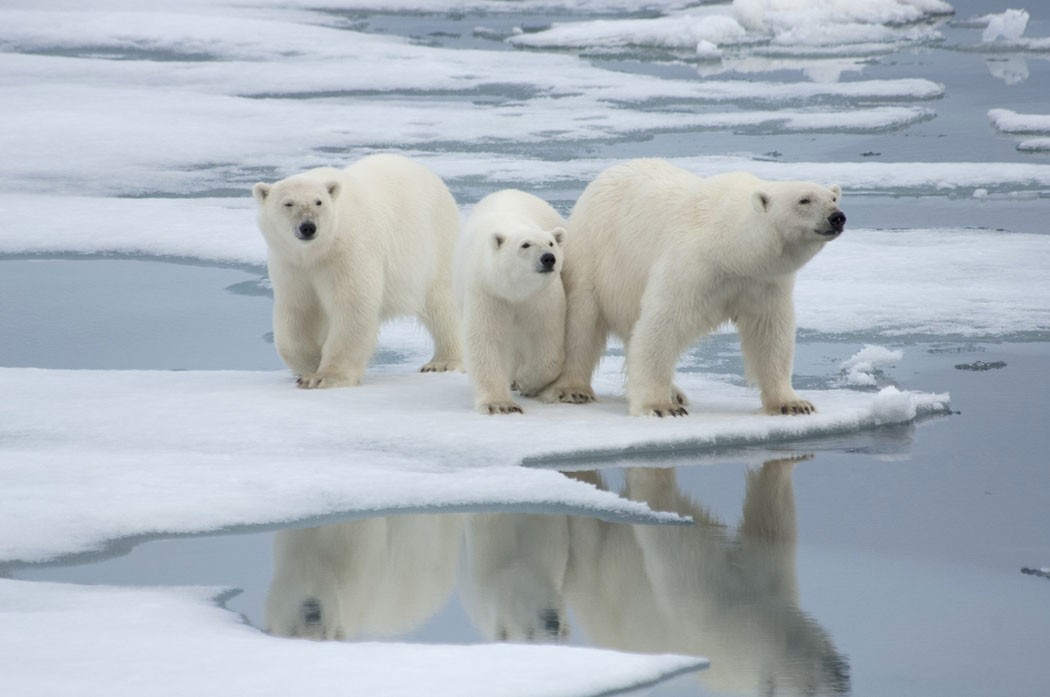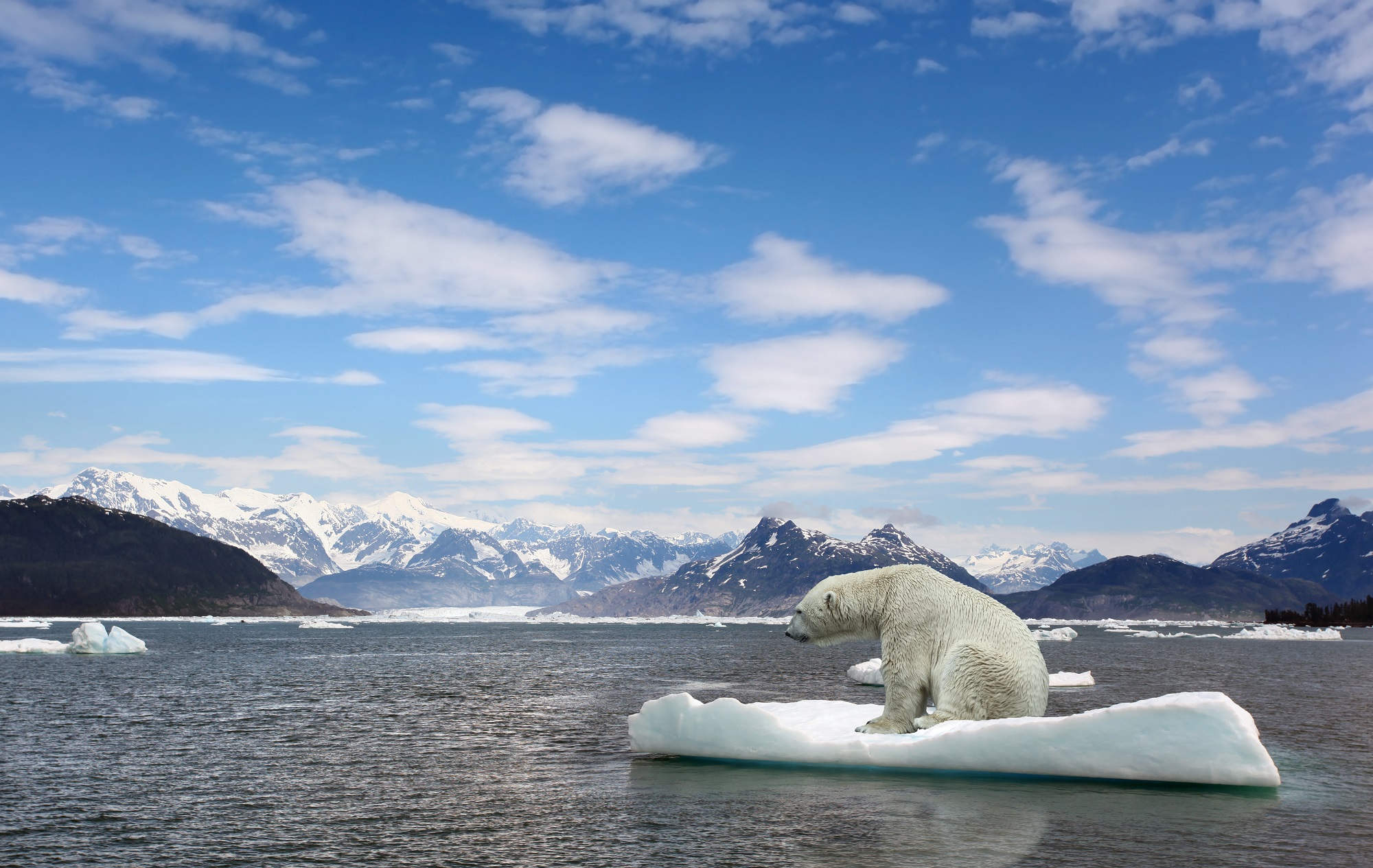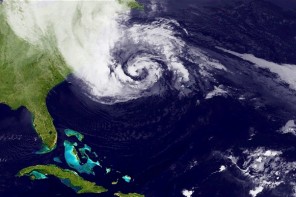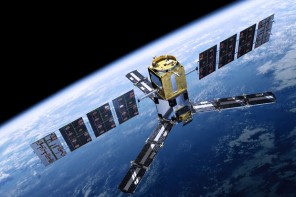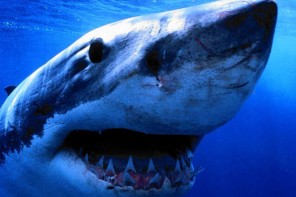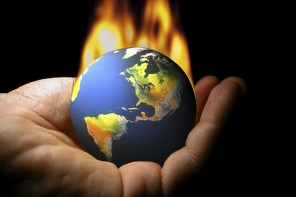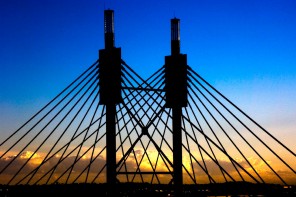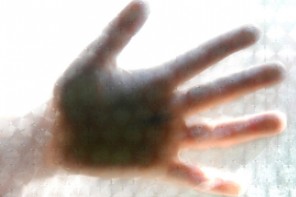Polar bears are being forced to come up with different ways to find food due to how the ice is melting. This has led them to head onshore, but just because they’re eating whatever they can find on land, does it mean they can survive and thwart the doomsday consequences of global warming?
When we heard news stories of polar bears eating land-based foods, we all took a relieved breath that they are managing to find food in spite of the melting ice – but the dread soon returned. Studies are showing that the outlook for polar bears getting enough food on land is not as promising as we thought. This is largely due to the fact that polar bears have different diets to those of brown bears, with their bodies being accustomed to feeding on other marine animals. These food sources offer polar bears high-fat diets that help them survive, especially through the frigid winters. Although polar bears are eating food found on land out of desperation, they are not finding the same high-calorie foods there.
The food that polar bears find onshore includes species of reindeer, shellfish, kelp and oxen, but these are not really viable sources of fat that their bodies need. Scientists have found that although polar bears have been seen eating snow geese as well as their eggs, this is not a common trend. Only up to 30 polar bears have been seen taking on these eating habits, which isn’t very promising for the rest of the polar bear population.
We could end up losing two-thirds of the entire world’s polar bears within the next 50 years
Added to this, the amount of energy polar bears use to find whatever they can forage for on land, such as reindeer or berries, doesn’t meet their daily caloric requirements from what they do manage to find. The search for food can lead polar bears to take desperate measures. Sadly, some polar bears have even been seen scrounging through human garbage for food, as has been the case in the Arviat community in Canada.
The food problem is becoming more serious for polar bears as time goes on. In 2014, the ice quantities in the Arctic sea alarmingly reached an all-time low because of climate change. If the sea ice continues to decline, the future of polar bears doesn’t look good at all. In fact, we could end up losing two-thirds of the entire world’s polar bears within the next 50 years.
Image credit: hperry / Dollar Photo Club, Alexander / Dollar Photo Club

